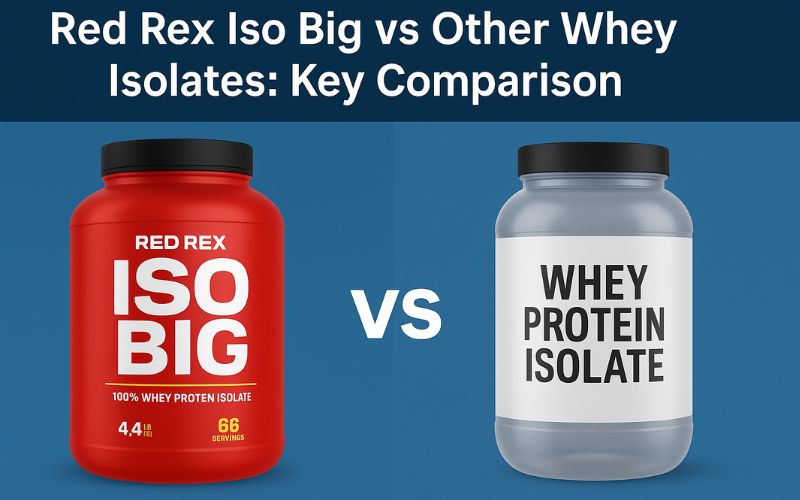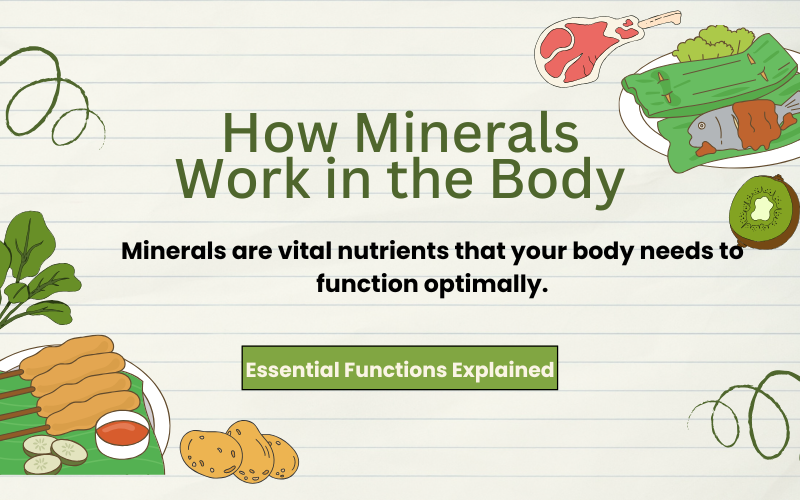Weight Loss & Fat Burning: A Comprehensive Guide to Achieving Your Goals
Weight loss and fat burning and best exercises for fat burning are two of the most popular fitness goals. Whether you’re looking to shed a few pounds or make a lasting lifestyle change, understanding how to effectively burn fat and lose weight is key to achieving your desired body composition. In this article, we’ll dive into the science of fat loss, the best exercises for weight loss, and how physical health benefits come into play when incorporating regular exercise into your routine.
Understanding Weight Loss & Fat Burning
Before we explore specific exercises and strategies, it’s important to understand the difference between weight loss and fat burning. While often used interchangeably, these terms are not the same.
- Weight Loss refers to a reduction in total body weight, which includes water weight, muscle mass, and fat. While weight loss is an overall goal for many, it may not always mean you’re losing fat.
- Fat Burning is a more specific process where the body uses stored fat as a fuel source, which leads to the reduction of body fat percentage.
Fat burning is the primary goal for those who want to tone their body, enhance muscle definition, and achieve long-term health benefits. In this article, we’ll focus on how to effectively burn fat and what physical benefits you can gain from it.
The Science of Fat Burning
Fat burning occurs when the body enters a state where it uses fat stores for energy instead of carbohydrates or other sources. This process is influenced by several factors:
Calories In vs. Calories Out
At the most basic level, weight loss occurs when you burn more calories than you consume. This calorie deficit forces the body to tap into fat stores for energy. However, burning fat effectively requires a combination of diet, exercise, and lifestyle changes.
Role of Exercise in Fat Burning
Exercise plays a critical role in fat burning. While cardio exercises (like running, cycling, and swimming) are known for burning calories, strength training (such as weightlifting and bodyweight exercises) helps build muscle mass, which increases metabolism and supports fat loss over time.
Metabolism and Fat Burning
Your metabolism refers to the process by which your body converts food into energy. A faster metabolism means your body burns more calories, even at rest. Regular exercise, especially strength training, helps boost metabolic rate and supports long-term fat burning.
Best Exercises for Weight Loss & Fat Burning
When it comes to fat loss, not all exercises are created equal. Incorporating a mix of aerobic and anaerobic exercises is the most effective way to burn fat, maintain muscle, and improve overall health. Below are some of the best exercises to include in your fat-burning routine.
1. High-Intensity Interval Training (HIIT)
HIIT involves alternating between short bursts of intense activity and periods of rest or low-intensity exercise. This method is highly effective for burning fat due to the afterburn effect, also known as excess post-exercise oxygen consumption (EPOC). After a HIIT workout, your body continues to burn calories at an elevated rate for hours.
2. Strength Training
Lifting weights or doing bodyweight exercises helps increase muscle mass, which naturally elevates your metabolism and encourages fat burning. Muscle burns more calories than fat, even when you’re resting, so building muscle should be an essential part of your fat-loss strategy.
Effective Strength Training Exercises for Fat Loss
- Squats
- Push-ups
- Deadlifts
- Lunges
- Pull-ups
Aim to strength train at least 2-3 times per week for optimal fat-burning results.
3. Cardio Workouts
While strength training is important for building muscle, cardiovascular exercise remains a staple for fat burning. Cardio exercises, such as running, cycling, swimming, and brisk walking, increase your heart rate and promote calorie burning. For maximum fat loss, aim for 150 minutes of moderate-intensity cardio per week.
Best Cardio Workouts
- Running or jogging
- Cycling
- Rowing
- Swimming
- Jumping rope
4. Compound Movements
Compound movements involve multiple muscle groups and joints, making them excellent for fat loss and muscle toning. These exercises can elevate your heart rate and challenge your body in different ways, promoting greater calorie burn.
Examples of Compound Movements
- Deadlifts
- Bench press
- Squats
- Rows
- Clean and press
Physical Health Benefits of Weight Loss & Fat Burning
Incorporating regular exercise into your routine not only helps with weight loss and fat burning but also provides numerous physical health benefits. These benefits can improve your overall quality of life, boost energy, and reduce the risk of chronic diseases.
Improved Cardiovascular Health
Reducing the Risk of Heart Disease
Regular exercise, especially cardio workouts, strengthens the heart, lowers blood pressure, and improves blood circulation. These benefits can reduce the risk of heart disease, stroke, and high cholesterol.
Increased Blood Flow and Oxygen Transport
Exercise enhances blood flow, which improves the transportation of oxygen and nutrients to tissues throughout the body. This helps improve endurance and supports fat loss by ensuring your muscles get the fuel they need during workouts.
Better Blood Sugar Control
Improving Insulin Sensitivity
Regular exercise helps regulate blood sugar levels and improves insulin sensitivity. This is especially beneficial for individuals with type 2 diabetes or those at risk for it. By burning fat and building muscle, your body becomes more efficient at using glucose for energy.
Preventing Type 2 Diabetes
Exercise plays a key role in preventing the onset of type 2 diabetes by controlling body weight and improving metabolic function.
Stronger Bones & Joints
Bone Density
Strength training and weight-bearing exercises stimulate bone growth and increase bone density. This can help prevent osteoporosis and maintain bone health as you age.
Joint Health
Regular physical activity helps maintain the health and flexibility of joints, reducing the risk of arthritis and promoting overall mobility.
Boosted Immune System
Regular exercise has been shown to enhance immune function by promoting healthy circulation and supporting the lymphatic system. This can help your body better fight off infections and illnesses.
Conclusion:
Achieving weight loss and fat burning is a gradual process that requires consistent effort and the right combination of exercise, nutrition, and lifestyle changes. Incorporating high-intensity interval training, strength training, and cardiovascular exercise into your routine will help you burn fat effectively while reaping numerous physical health benefits. With the right approach, you can achieve not only a leaner physique but also improved cardiovascular health, better blood sugar control, and stronger bones and joints. Stay committed, and the results will follow.
Ready to start your fitness journey? Visit Syner Nutrition today for the best supplements to support your weight loss and fat-burning goals. Shop now and fuel your body with the nutrients it needs to succeed!
FAQs:
1. What are the best exercises for burning fat?
The best exercises for burning fat include High-Intensity Interval Training (HIIT), strength training, cardio workouts, and compound movements. HIIT is particularly effective for fat loss due to the afterburn effect, while strength training builds muscle, boosting metabolism. Cardio and compound movements help you burn a significant number of calories.
2. How long does it take to see results in fat loss?
The time it takes to see fat loss results varies depending on factors like diet, exercise routine, and individual metabolism. However, with consistent effort, you may start noticing changes within 4-6 weeks. Long-term, sustainable fat loss typically takes 3-6 months.
3. Can I burn fat without exercising?
While exercise significantly accelerates fat burning, diet plays a crucial role in weight loss. A healthy, balanced diet that creates a calorie deficit can help you lose fat, even without exercise. However, combining proper nutrition with regular physical activity yields the best results for fat loss and overall health.
4. How does strength training help in fat burning?
Strength training builds lean muscle mass, which increases your metabolism. More muscle means your body burns more calories at rest, helping you lose fat even when you’re not working out. Additionally, strength training exercises like squats, lunges, and deadlifts engage multiple muscle groups, promoting greater calorie expenditure.
5. What’s the difference between weight loss and fat burning?
Weight loss refers to the reduction of your overall body weight, which includes muscle mass, water weight, and fat. Fat burning, on the other hand, specifically targets the reduction of fat stores in your body. Fat loss is the ideal goal for those looking to get leaner and improve body composition.









Add comment